SUMMARY
This is AI generated summarization, which may have errors. For context, always refer to the full article.
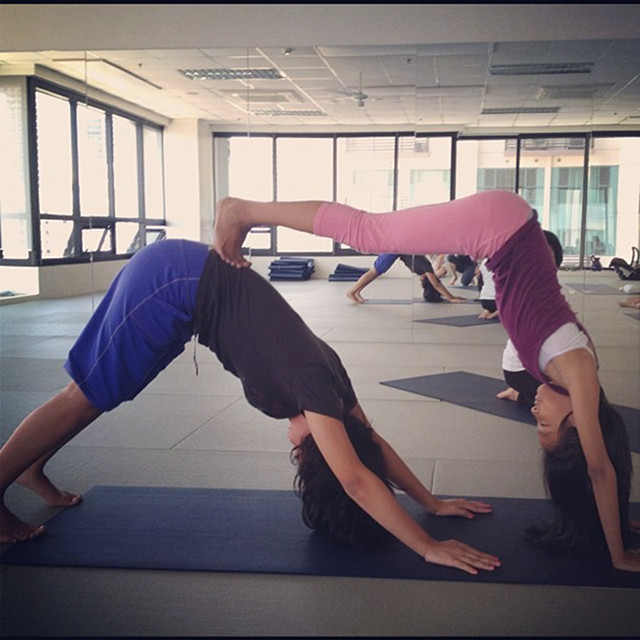
MANILA, Philippines – It has happened in our home many times before. I know the routine.
Child number two is playing Minecraft. Child number 3 wants to be included but he is not fast enough or as clever as child number 2 with fortress designs, weapons, and tactics. Child number 3 has a meltdown and needs Mom or Dad to intervene so that everyone can play nicely…on their iPods and iPhones.
Our children are so technologically savvy and socially connected that it is not only important for us to limit their use of electronics, but it is necessary for their safety. Unfortunately, we live in a day and age where children are less likely to ask for a baseball mitt than a Twitter account.
With Instagram, Twitter, Facebook, and a plethora of gaming apps to choose from, it is inevitable that our children’s minds will be overstimulated.
How can we help our children to disconnect from FB, Twitter, and Instagram while teaching them to be more mindful?
Teach them to meditate, of course.
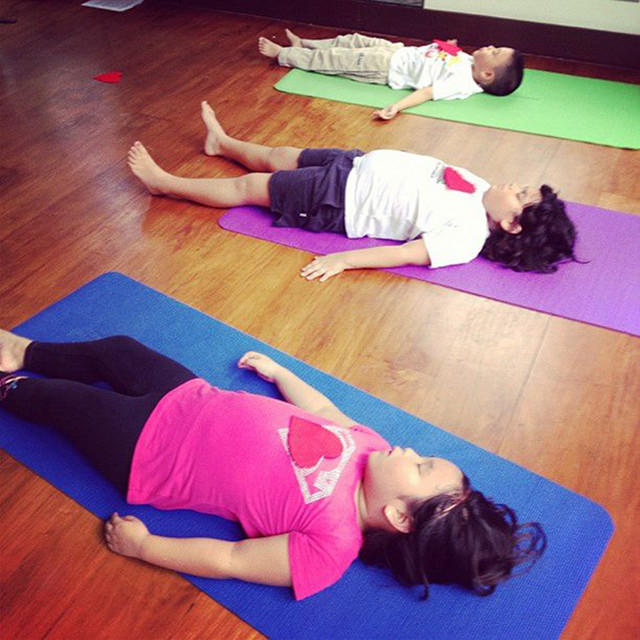
Meditation can come in many forms. It can come in the form of music, dancing, running, and even yoga.
My meditation can be all of these things (well, not the running since arthritis has set in) as well as cooking and, yes, sitting or laying down comfortably and quietly in a room devoid of all stimuli except maybe some soothing music.
By teaching my yoga students (and even my children) to meditate, I’m simply asking them to quiet themselves, settle down, and tune in to what is going on inside. This can be difficult for many of these technologically connected kids. Imagine the amount of stimuli that they experience daily from the smart phones, tablets, and soon-to-be smart watches!
Admittedly, meditation is the hardest part of my yoga practice. While I find great pleasure in strengthening my muscles and contorting myself into hard-to-achieve poses, I know that one of the weakest parts of my practice is quieting my mind.
If I have trouble quieting down and I find it challenging not to go through the laundry list of tasks that I need to complete after class, then I can only imagine how my students’ brains must be wired during the quiet time that I require of them before or after class, in meditation.
Erich Schiffman breaks meditation into 3 parts in his book “Yoga, The Spirit and Practice of Moving into Stillness”
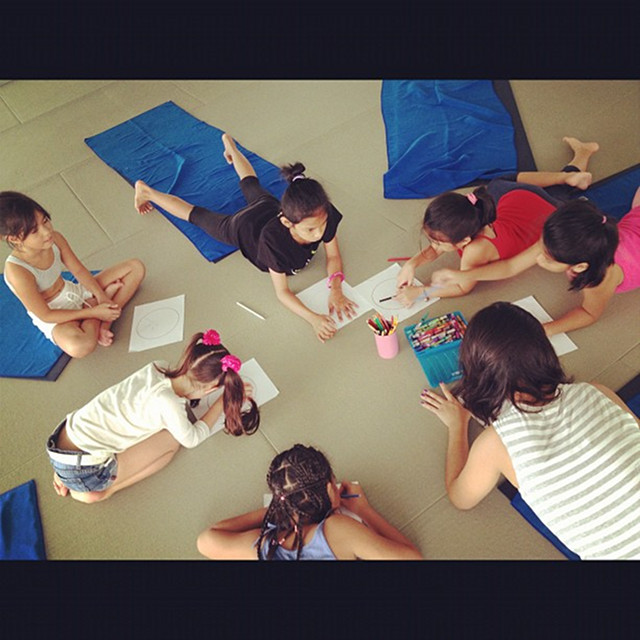
1. The initial stage is when you decide that you are going to meditate and you become still. Being still means you’re relaxed and centered and are fully aware of that stillness.
2. The second stage is where you listen to yourself. You tune in to your body, your thoughts, and emotions and you become aware of what’s going on inside. You tune out the noise and vibrations of everything around you, and instead you are mindful of YOU.
3. The last phase of meditation is when you make the transition from your relaxed and “in tuned” self back into the world around you.
Imagine growing up and having a good grasp of being able to identify your feelings and being able to state and own those feelings so that it is easier for others to hear your truth. Between bullying, cyberspace, peer pressure, academics, and athletics (if your child is an athlete), our children need to have an outlet AND they need to be in touch with themselves.
In my yoga classes, my students become more mindful. Kids tune in to their inner compass — what’s right and wrong, their feelings, and how they fit in in the world around them. Teaching a child that we are all connected is just one part of yoga; but it’s in the connection we have with each other where children can also find meaning.
The challenge for children (and even adults) is to stay connected and in touch with oneself. Yoga for Kids, coupled with journaling, meditation, and discussion allows children to come out of class feeling balanced, aware, and relaxed.
Meditation can teach children to observe and listen from the heart. Meditation can increase concentration, stimulate creativity, and empower children who use it as a tool regularly to reinforce confidence and self esteem. With meditation, children will be compassionate and empathetic. This adds not just to a child’s understanding of himself and others, but also of the world.
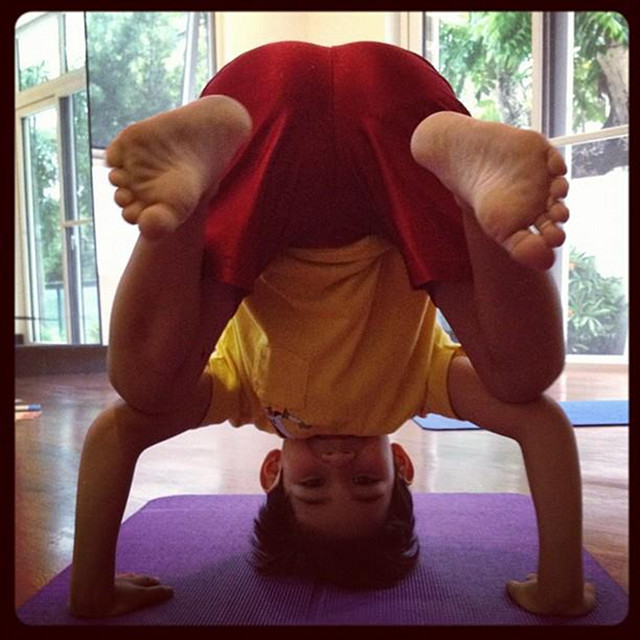
To begin meditating with your children, set small goals:
1. You can facilitate relaxation in your kids by example. Begin your meditation practice with them. Look for guided meditation scripts or books, introduce massage, and mood lighting.
2. Make sure that your area is free of outside stimulation (turn off that TV) to create an environment where stillness and quiet can reign.
The first few times you meditate with your children it might be difficult for them to sit still. Eventually, the basic principles of meditation will follow — silence, stillness, awareness, peace.
Here are links to books that I use for my kids and for my students that I’m sharing with parents:
1. “Relax Kids, Aladdin’s Magic Carpet Ride” – http://www.relaxkids.com/store/cd.aspx?id=19
2. “Spinning Inward” – http://books.google.com.ph/books/about/Spinning_Inward.html?id=Zf5GAAAAMAAJ&redir_esc=y
3. Kerry MacLean’s website – http://www.familymeditation.com/
– Rappler.com
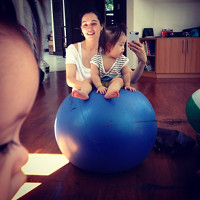
Michelle Aventajado is a Filipina American who grew up in NY and now makes Manila her home. When she’s not busy raising her 4 children, she enjoys teaching, reading, and writing about her passions. Follow her blog Momma ‘N Manila as she documents her adventures and growth in parenting.
For more information on her yoga for children classes, email Michelle at mish@mommanmanila.com.
Add a comment
How does this make you feel?
There are no comments yet. Add your comment to start the conversation.